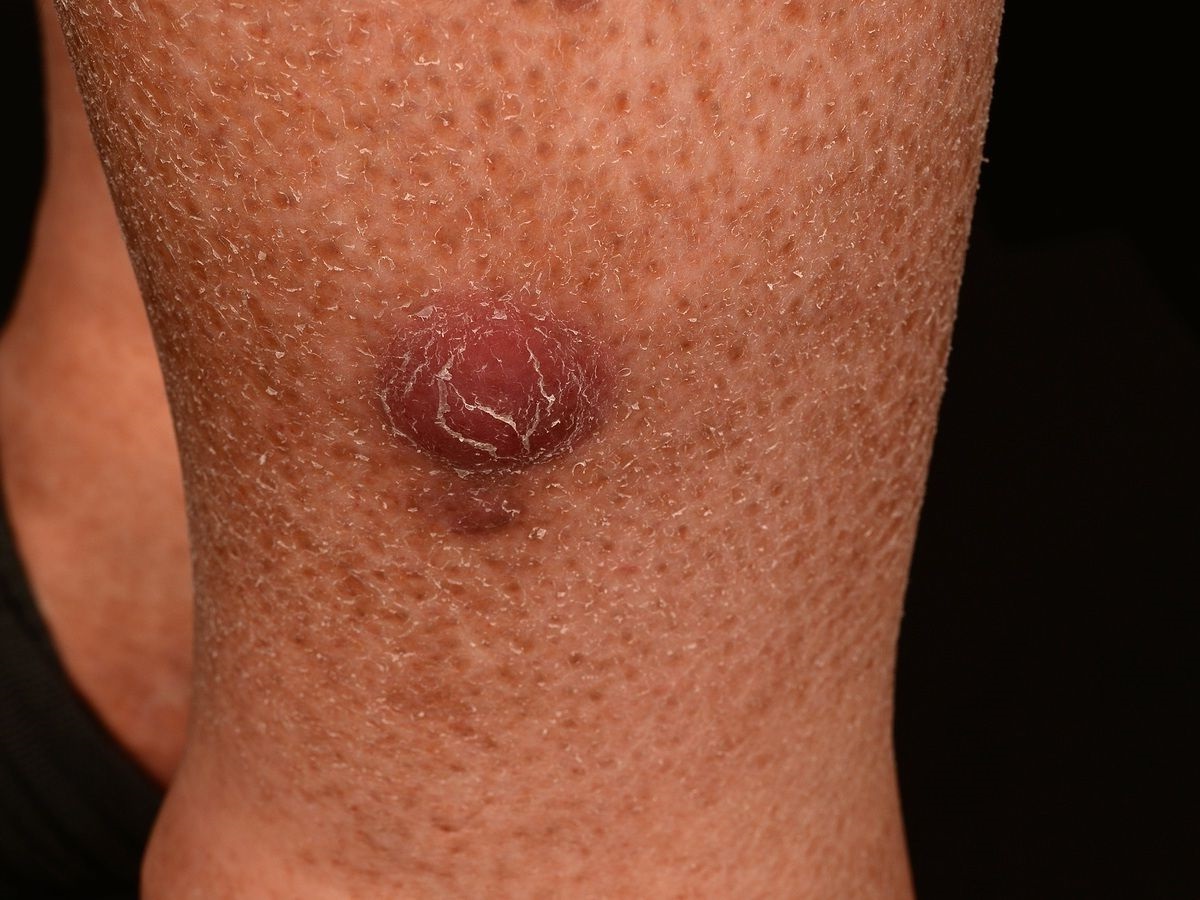
Marginal Zone B-Cell Lymphoma is a rare type of non-Hodgkin lymphoma that originates in the marginal zone of lymphoid tissues. This form of cancer primarily affects adults, with a higher incidence in those over 60. Symptoms can be subtle, often including painless swelling of lymph nodes, fatigue, or unexplained weight loss. Diagnosis typically involves blood tests, imaging studies, and a biopsy to examine affected tissues. Treatment options vary based on the stage and location of the lymphoma but may include chemotherapy, radiation, or targeted therapies. Understanding this disease is crucial for early detection and effective management.
Key Takeaways:
- Marginal Zone B-Cell Lymphoma is a rare type of non-Hodgkin lymphoma that primarily affects adults over 50. It can develop in various parts of the body and has unique types with different symptoms.
- Early diagnosis and treatment are crucial for Marginal Zone B-Cell Lymphoma. Understanding the causes, recognizing symptoms, and exploring treatment options can improve prognosis and quality of life.
What is Marginal Zone B-Cell Lymphoma?
Marginal Zone B-Cell Lymphoma (MZL) is a type of non-Hodgkin lymphoma. It originates in the B-cells, a type of white blood cell. These cells are part of the immune system. MZL is relatively rare but important to understand.
- MZL accounts for about 8% of all non-Hodgkin lymphomas.
- It primarily affects adults, with most cases occurring in people over 50.
- The disease can develop in various parts of the body, including the spleen, lymph nodes, and mucosal tissues.
Types of Marginal Zone B-Cell Lymphoma
There are three main types of MZL. Each type has unique characteristics and affects different parts of the body.
- Extranodal MZL, also known as MALT lymphoma, often starts in the stomach.
- Nodal MZL occurs in the lymph nodes.
- Splenic MZL primarily affects the spleen and sometimes the bone marrow.
Symptoms of Marginal Zone B-Cell Lymphoma
Recognizing the symptoms can lead to early diagnosis and treatment. Symptoms vary depending on the type and location of the lymphoma.
- Common symptoms include swollen lymph nodes, fatigue, and unexplained weight loss.
- Extranodal MZL may cause stomach pain or discomfort.
- Splenic MZL can lead to an enlarged spleen, causing pain or fullness in the abdomen.
Causes and Risk Factors
Understanding the causes and risk factors can help in prevention and early detection. While the exact cause is unknown, several factors can increase the risk.
- Chronic infections, such as Helicobacter pylori, are linked to MALT lymphoma.
- Autoimmune diseases like Sjogren's syndrome and Hashimoto's thyroiditis can increase the risk.
- Family history of lymphoma may also be a contributing factor.
Diagnosis of Marginal Zone B-Cell Lymphoma
Accurate diagnosis is crucial for effective treatment. Various tests and procedures are used to diagnose MZL.
- Blood tests can reveal abnormalities in blood cell counts.
- Imaging tests like CT scans and PET scans help locate the lymphoma.
- A biopsy, where a sample of tissue is examined under a microscope, confirms the diagnosis.
Treatment Options
Treatment depends on the type, stage, and location of the lymphoma. Options range from watchful waiting to aggressive therapies.
- Radiation therapy is often used for localized MALT lymphoma.
- Chemotherapy is a common treatment for more advanced stages.
- Immunotherapy, which boosts the body's immune system to fight cancer, is another option.
- Targeted therapy drugs specifically attack cancer cells without harming normal cells.
- In some cases, surgery may be necessary to remove affected tissues.
Prognosis and Survival Rates
Prognosis varies based on several factors, including the type and stage of the lymphoma at diagnosis.
- The five-year survival rate for MZL is approximately 80%.
- Early-stage MALT lymphoma has a particularly good prognosis.
- Advanced stages or aggressive forms of MZL may have a lower survival rate.
Living with Marginal Zone B-Cell Lymphoma
Living with MZL involves managing symptoms and side effects of treatment. Support and lifestyle changes can improve quality of life.
- Regular follow-up appointments are essential to monitor the disease.
- Maintaining a healthy diet and exercise routine can boost overall health.
- Support groups and counseling can provide emotional support.
Research and Advances
Ongoing research aims to improve understanding and treatment of MZL. New therapies and clinical trials offer hope for better outcomes.
Final Thoughts on Marginal Zone B-Cell Lymphoma
Marginal Zone B-Cell Lymphoma (MZL) is a rare type of non-Hodgkin lymphoma that affects B-cells in the marginal zone of lymphoid tissues. Understanding its symptoms, diagnosis, and treatment options is crucial for managing this condition. MZL often presents with swollen lymph nodes, fatigue, and unexplained weight loss. Diagnosis typically involves blood tests, imaging, and biopsies. Treatment options vary from watchful waiting to chemotherapy, immunotherapy, and targeted therapies. Early detection and personalized treatment plans can significantly improve outcomes. Staying informed and working closely with healthcare providers ensures the best possible care. Remember, each patient's journey with MZL is unique, so tailored approaches are essential. Stay proactive, seek support, and maintain open communication with your medical team.
Frequently Asked Questions
Was this page helpful?
Our commitment to delivering trustworthy and engaging content is at the heart of what we do. Each fact on our site is contributed by real users like you, bringing a wealth of diverse insights and information. To ensure the highest standards of accuracy and reliability, our dedicated editors meticulously review each submission. This process guarantees that the facts we share are not only fascinating but also credible. Trust in our commitment to quality and authenticity as you explore and learn with us.
